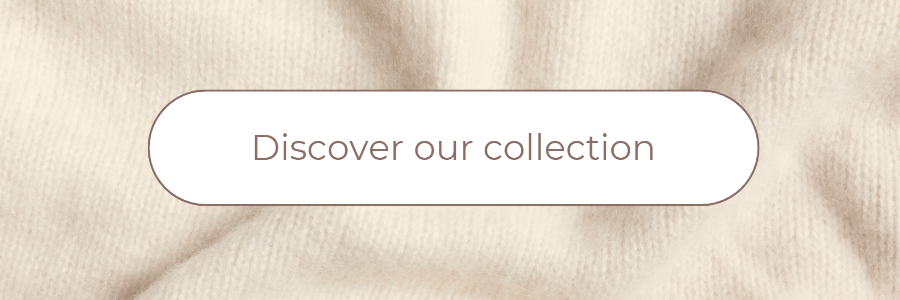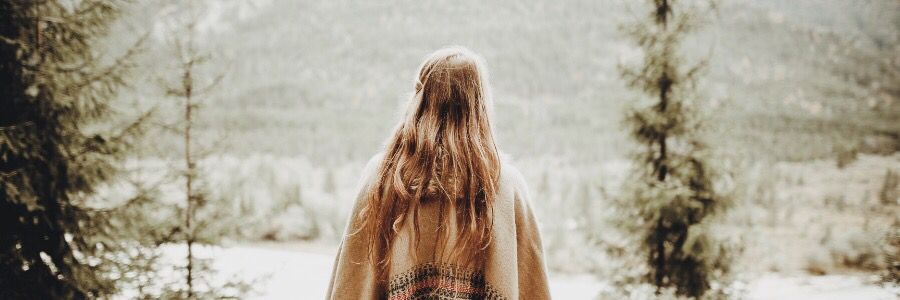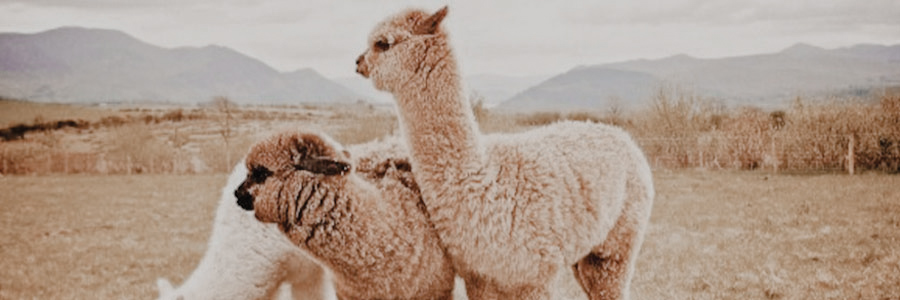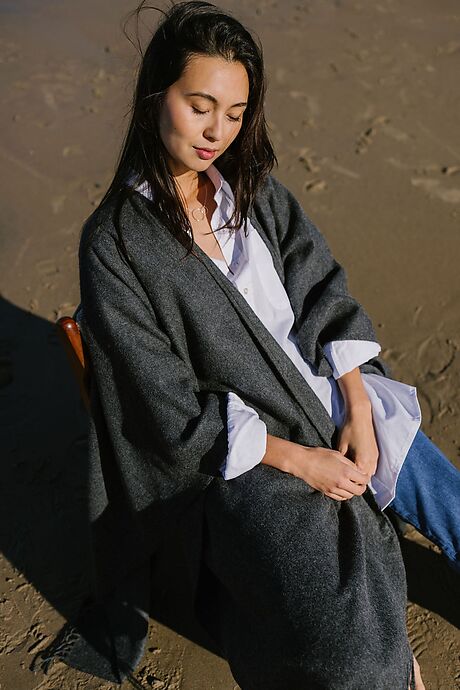Wool poncho

Looking for a wool poncho?
You are at the right place.
Find a large choice of alpaca wool poncho at BellePaga.

What is a poncho?
The poncho has dozens of names such as: Mexican serape, cape, manta, shawl, mantila, lliqllas, aguayo, gabán, pala or ruana.
The wool poncho has existed for thousands of years and makes it a garment of fashion.
The wool poncho is especially a minimalist garment ubiquitous with a colorful history and unlimited potential.
To stay warm and protected from the elements while maintaining freedom of movement, the wool poncho is a rectangular fabric with an opening in the center of the head and no seams on the sides.
It comes in the form of a folded piece of fabric or two pieces of fabric joined together and is designed to be worn over the head or wrapped around the body.
This is a simple coat design. The fabric hangs over the body and at the ends so that the arms can move freely.

The wool poncho, originally from the Andes
The wool poncho originated in the Andes of South America.
Although the origin of the word poncho is not clear, it is thought to come from "puchu" in Quechua or "pontro" in Mapudungun.
We trace the history of the wool poncho to 500 BC, along the Andes.
The textile tradition of Peru is without a doubt one of the oldest in the world.
Peru is a nation of weaving history, and Peruvian chronicles are influenced by alpaca fibers.
The wool poncho is a traditional Peruvian heritage and is a typical Peruvian garment.
The Andean people of South America have been wearing alpaca wool ponchos for centuries.
However, there is no definitive proof of where the first wool ponchos were made.
The alpaca wool poncho is associated with the different indigenous cultures of the Andes and is a garment worn throughout the year.
Indeed, living in the mountains, Peruvians are confronted with very rapid changes in temperature and weather.
The wool poncho is thus designed to keep the inhabitants dry, protect them from the cold and wind and protect them from sandstorms.
The wool poncho is popular among all the peoples of the Andes, and for some indigenous peoples it is also a very important cultural symbol.
One of these peoples is the largest Indian group in South America, approaching 1.5 million at the turn of the 21st century.
In the Andes of South America lived the Mapuche, who once possessed vast territories in what is now Argentina and Chile.
Due to the high altitude, cold and general conditions, the Mapuche wear their wool ponchos as coats.
They historically occupied half of the territory of Chile and Argentina, but their presence has diminished considerably and now represent about 10% and 0.004% of the Chilean and Argentinean populations.
They spread the wool poncho throughout South America and Spain.
.jpeg)
A knitted wool poncho
Over time, woven ponchos have evolved into knitted ponchos, and have become a fashion item well beyond South America and Mexico.
At BellePaga, our wool ponchos come in a variety of colors and are designed to give you maximum satisfaction.
Although ponchos are still associated with indigenous people, they have made a comeback in modern fashion and have become a fashion statement.
The simple shape of the wool poncho has not changed, but the materials of these ponchos is usually wool or yarn as well.
.jpeg)
The meanings of the poncho
The wool poncho has connotations of power among the Mapuche.
The diamond pattern is considered a sign of authority and was often worn only by older men and chiefs.
The different pre-Columbian cultures give great importance to the clothes worn by the deceased.
According to them, the clothes worn accompany them in the afterlife.
The objects offered to the mummies had to be very well preserved and valuable because this allowed the deceased during their rebirth to have their most precious objects with them in the afterlife.
Depending on the region of the country, the colors have different meanings:
- Red: represents the blood of the son of the Sun and the Earth.
- White: symbolizes the spirit.
- Black and blue: refer to the sky and the afterlife.
- Green : is a symbol of agriculture.
There are also different types of ponchos such as the Huañuy which is the mourning poncho or the Cushma which is a small poncho used during travels.

The poncho, still in fashion?
The wool poncho is neither a trend nor a passing fancy.
In fact, for thousands of years, the wool poncho has been a fashionable item of clothing that is characteristic of ancient cultures.
In the 60's for example, the wool poncho was the favorite fashion piece of the Hippies and symbolized the West.
Today, the wool poncho is known worldwide as a must-have piece and a multitude of great designers include wool ponchos in their collections such as Gucci or Valentino.
Among the current uses of the poncho, we know:
- Waterproof: waterproof ponchos made of polyethylene are worn to protect from the rain.
- Fashion: ponchos have become very fashionable pieces in the fall / winter collections of Western countries.
- Warm: wool poncho is made to be warm, thick and comfortable.

An alpaca wool poncho
Wool ponchos can be woven or knitted with many different wools.
However, alpaca wool remains THE wool to choose.
BellePaga supplies baby alpaca fiber for all its products.
Also known as the "Wool of the Gods", this fiber is the softest and warmest on the market.
As a reminder: baby alpaca fiber comes from an adult alpaca!
This wool is in fact much finer than the classic alpaca.
Alpaca wool is more durable than sheep's wool, does not pilling and can be washed without problems. It is also hypoallergenic and thermoregulating, making it perfect for even the most sensitive skin.
With alpaca you can forget about redness and unpleasant tingling.
7 times warmer than sheep's wool, it will be your best ally against winter temperatures.
If you want to see different styles of wool ponchos, you can visit our online store specialized in alpaca wool ready to wear for women, men and children.
We offer a large catalog of alpaca wool ponchos in a wide variety of styles.
-
Warmi Poncho
289,00 €


